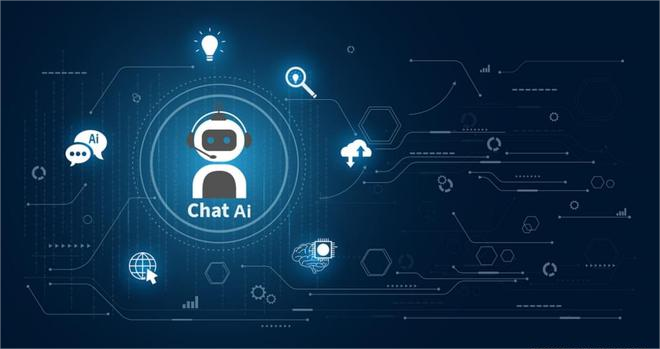In the digital age, where businesses are constantly seeking innovative ways to enhance customer experience and streamline operations, the emergence of robot customer service has been a game-changer. This technological advancement, powered by artificial intelligence (AI) and machine learning, is transforming the traditional customer service landscape, offering businesses a more efficient and cost-effective solution while providing customers with quick and personalized assistance.

The Evolution of Customer Service
Gone are the days when customers had to endure long wait times, repetitive explanations, or even frustrating miscommunications with human customer service representatives. The advent of robot customer service, often referred to as chatbots or virtual assistants, marks a significant leap towards instant gratification and seamless interactions. These AI-driven systems are designed to simulate human conversation, understanding natural language inputs and responding with relevant information, guidance, or solutions.
Enhancing Efficiency and Cost-Effectiveness
One of the primary drivers behind the adoption of robot customer service is its ability to significantly enhance operational efficiency. By handling a large volume of customer queries simultaneously, these systems reduce wait times and alleviate the pressure on human customer service teams. Moreover, they can work tirelessly 24/7, ensuring that customers receive assistance at any time of the day or night. This level of availability translates into higher customer satisfaction rates and, ultimately, increased brand loyalty.
From a cost perspective, robot customer service represents a substantial saving for businesses. Unlike human employees, these systems do not require salaries, benefits, or breaks, making them a cost-effective solution for managing customer interactions. As AI technology continues to advance, these systems are becoming even more sophisticated, further reducing the need for extensive human intervention.


















































Discussion about this post